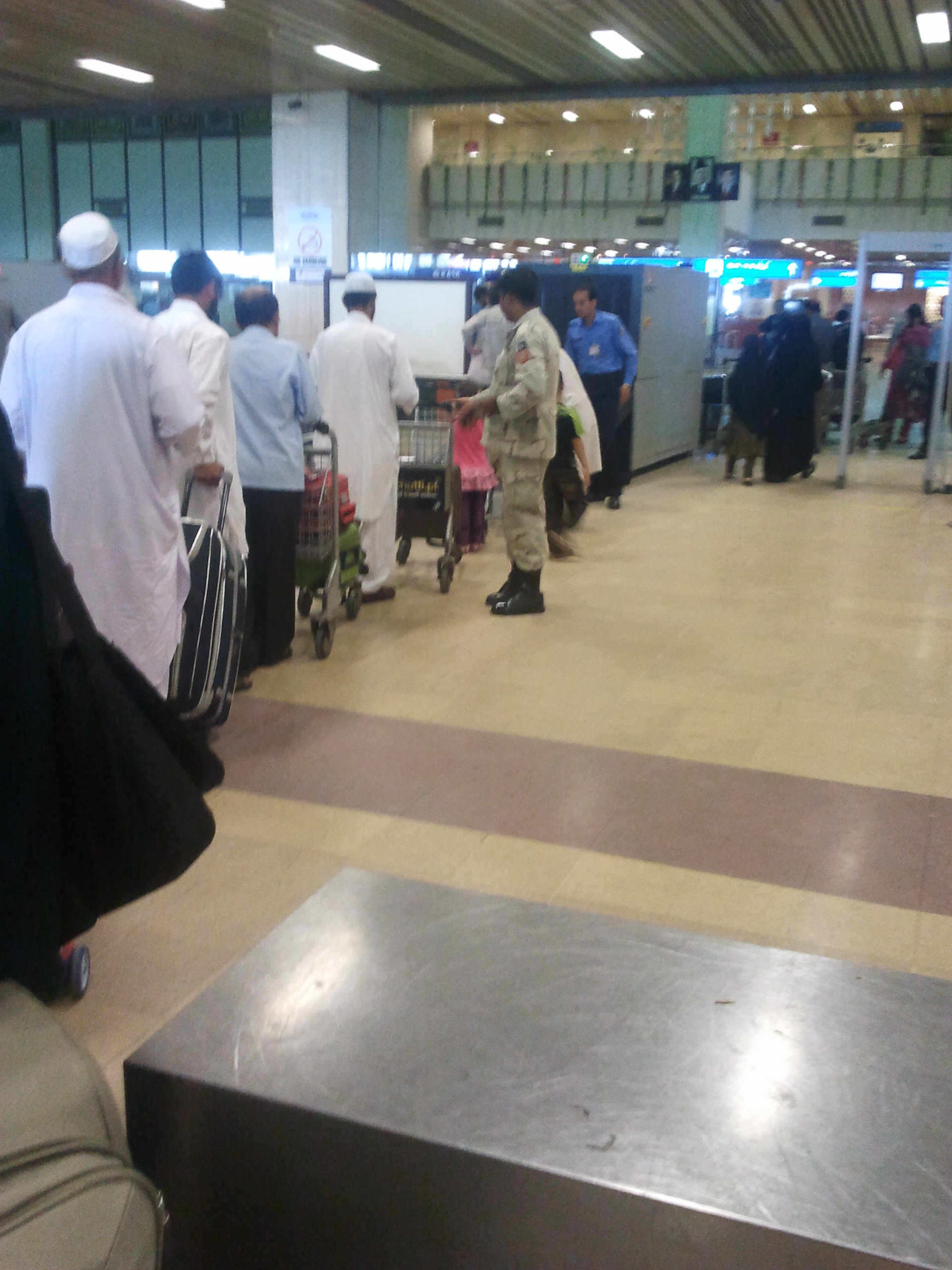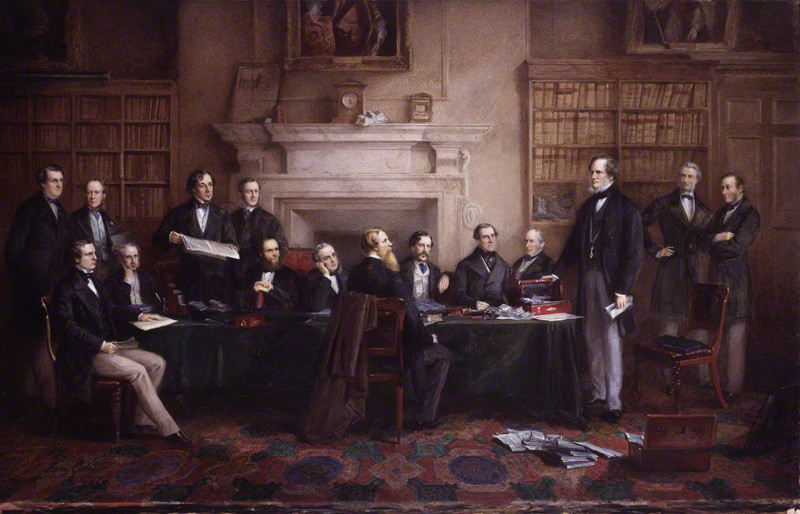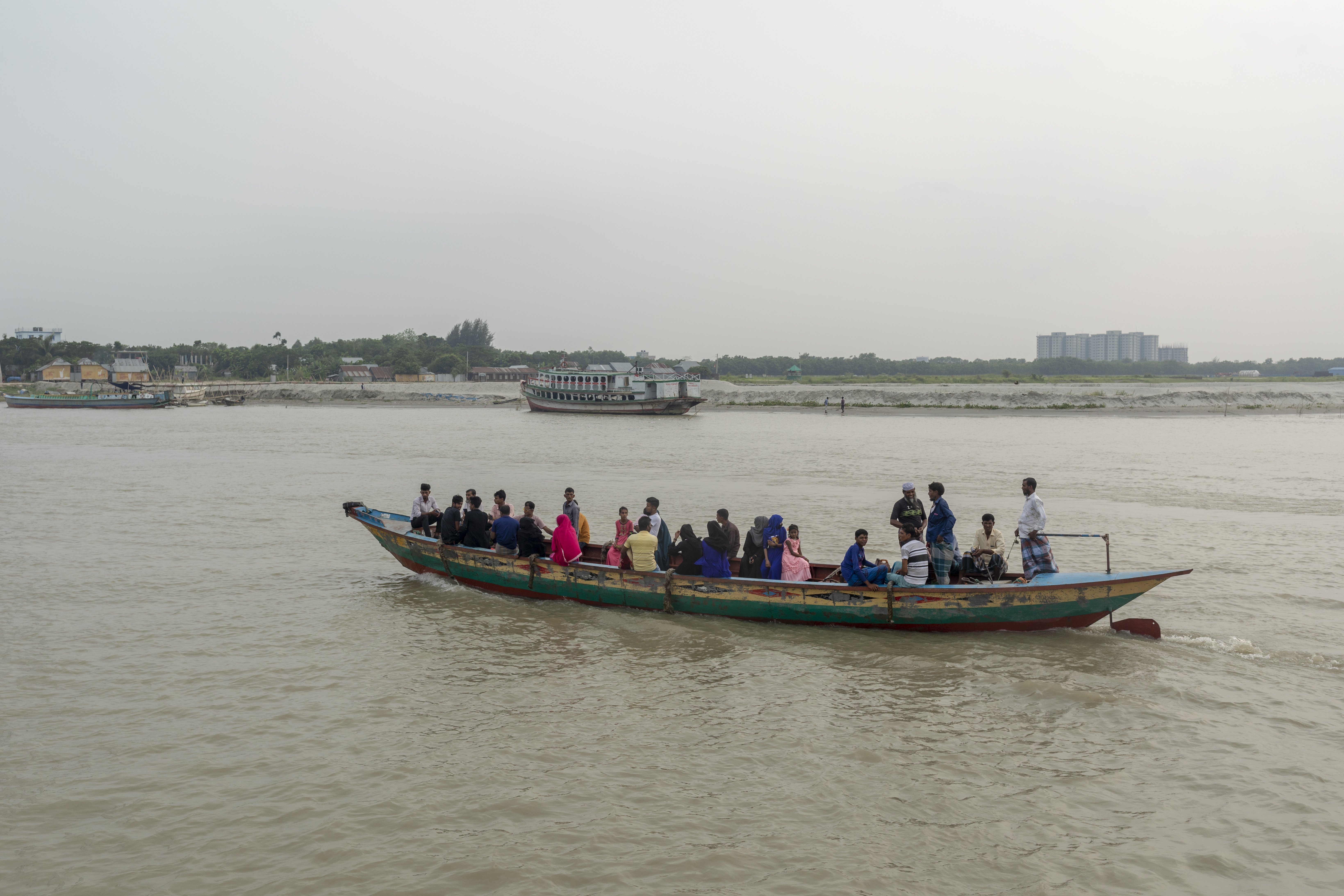|
Sujanagar Upazila
Sujanagar ( bn, সুজানগর) is an upazila of the Pabna District of northern Bangladesh's Rajshahi Division. It is the home of agriculture across the district, and the Onion Capital of the country. History Sujanagar (lit. ''City of Shuja'') takes its name from the time when Mughal prince Shah Shuja sought refuge with his army in Arakan after being defeated in the war of imperial succession in 1660 CE. During this journey, Shah Shuja spent three nights in Govindaganj, which was renamed to Sujanagar in his honour. Several people are associated with the spread of Islam into Sujanagar and are part of a long history of interactions between the Middle East, Turkestan, and South Asia. Shah Mahtab Uddin Awliya was a Sufi pir who now lies buried in the Shatania mazar (mausoleum) in the village of Pukurania, Sagarkandi Union. Sharfuddin Sarkar of Samarkand settled in Dulai (Ahladipur village) and his son, Munshi Rahimuddin Chowdhury, founded the Dulai Zamindari. His son, Azim Ch ... [...More Info...] [...Related Items...] OR: [Wikipedia] [Google] [Baidu] |
Upazilas Of Bangladesh
An ''upazila'' ( bn, উপজেলা, upôzela, lit=sub-district pronounced: ), formerly called ''thana'', is an administrative region in Bangladesh, functioning as a sub-unit of a district. It can be seen as an analogous to a county or a borough of Western countries. Rural upazilas are further administratively divided into union council areas (union parishads). Bangladesh ha495 upazilas(as of 20 Oct 2022). The upazilas are the second lowest tier of regional administration in Bangladesh. The administrative structure consists of divisions (8), districts (64), upazilas (495) and union parishads (UPs). This system of devolution was introduced by the former military ruler and president of Bangladesh, Lieutenant General Hossain Mohammad Ershad, in an attempt to strengthen local government. Below UPs, villages (''gram'') and ''para'' exist, but these have no administrative power and elected members. The Local Government Ordinance of 1982 was amended a year later, redesignatin ... [...More Info...] [...Related Items...] OR: [Wikipedia] [Google] [Baidu] |
Middle East
The Middle East ( ar, الشرق الأوسط, ISO 233: ) is a geopolitical region commonly encompassing Arabian Peninsula, Arabia (including the Arabian Peninsula and Bahrain), Anatolia, Asia Minor (Asian part of Turkey except Hatay Province), East Thrace (European part of Turkey), Egypt, Iran, the Levant (including Syria (region), Ash-Shām and Cyprus), Mesopotamia (modern-day Iraq), and the Socotra Governorate, Socotra Archipelago (a part of Yemen). The term came into widespread usage as a replacement of the term Near East (as opposed to the Far East) beginning in the early 20th century. The term "Middle East" has led to some confusion over its changing definitions, and has been viewed by some to be discriminatory or too Eurocentrism, Eurocentric. The region includes the vast majority of the territories included in the closely associated definition of Western Asia (including Iran), but without the South Caucasus, and additionally includes all of Egypt (not just the Sina ... [...More Info...] [...Related Items...] OR: [Wikipedia] [Google] [Baidu] |
Pakistan Police
Law enforcement in Pakistan ( ur, ) is one of the three main components of the criminal justice system of Pakistan, alongside the judiciary and the prisons. The country has a mix of federal, provincial and territorial police forces with both general and specialised functions, but the senior ranks of all the provincial forces and most of the federal ones are manned by members of the Police Service of Pakistan (PSP). The PSP is one of the most prestigious parts of the Central Superior Services, Pakistan's main civil service organisation. Federal law enforcement agencies are generally overseen by the Ministry of Interior of the Government of Pakistan, while provincial police forces are overseen by a department of the government of that province. Federal police agencies Some of the below agencies are part of the Civil Armed Forces, while others are law enforcement divisions of government departments. Not included is the Pakistan Army Corps of Military Police, which only has jurisdic ... [...More Info...] [...Related Items...] OR: [Wikipedia] [Google] [Baidu] |
East Pakistan
East Pakistan was a Pakistani province established in 1955 by the One Unit Scheme, One Unit Policy, renaming the province as such from East Bengal, which, in modern times, is split between India and Bangladesh. Its land borders were with India and Myanmar, with a coastline on the Bay of Bengal. East Pakistanis were popularly known as "Pakistani Bengalis"; to distinguish this region from India's state West Bengal (which is also known as "Indian Bengal"), East Pakistan was known as "Pakistani Bengal". In 1971, East Pakistan became the newly independent state Bangladesh, which means "country of Bengal" in Bengali. East Pakistan was renamed from East Bengal by the One Unit Scheme of Pakistani Prime Minister Mohammad Ali of Bogra. The Constitution of Pakistan of 1956 replaced the Pakistani monarchy with an Islamic republic. Bengali politician H. S. Suhrawardy served as the Prime Minister of Pakistan between 1956 and 1957 and a Bengali bureaucrat Iskander Mirza became the first Presid ... [...More Info...] [...Related Items...] OR: [Wikipedia] [Google] [Baidu] |
British Raj
The British Raj (; from Hindi ''rāj'': kingdom, realm, state, or empire) was the rule of the British Crown on the Indian subcontinent; * * it is also called Crown rule in India, * * * * or Direct rule in India, * Quote: "Mill, who was himself employed by the British East India company from the age of seventeen until the British government assumed direct rule over India in 1858." * * and lasted from 1858 to 1947. * * The region under British control was commonly called India in contemporaneous usage and included areas directly administered by the United Kingdom, which were collectively called British India, and areas ruled by indigenous rulers, but under British paramountcy, called the princely states. The region was sometimes called the Indian Empire, though not officially. As ''India'', it was a founding member of the League of Nations, a participating nation in the Summer Olympics in 1900, 1920, 1928, 1932, and 1936, and a founding member of the United Nations in San F ... [...More Info...] [...Related Items...] OR: [Wikipedia] [Google] [Baidu] |
Thana
Thana means "police station" in South Asian countries, and can also mean the district controlled by a police station. * Thanas of Bangladesh, former subdistricts in the administrative geography of Bangladesh; later renamed ''upazila'' * in (British) Indian history, a ''thana'' was a group of princely states deemed too small to perform all functions separately *Thane is a city named after the word ''thana'' (police station) because it was important for its barracks back in colonial era, it is located in Konkan division, a province of India *Thana Bhawan (), also known simply as Thana, is a town in Uttar Pradesh, India See also * * {{wikt-inline, thana * Tana (other) * Thaana Thaana, Taana or Tāna ( ) is the present writing system of the Maldivian language spoken in the Maldives. Thaana has characteristics of both an abugida (diacritic, vowel-killer strokes) and a true alphabet (all vowels are written), ..., also known as Tāna, the modern writing syste ... [...More Info...] [...Related Items...] OR: [Wikipedia] [Google] [Baidu] |
Richard Bourke, 6th Earl Of Mayo
Richard Southwell Bourke, 6th Earl of Mayo, (; ; 21 February 1822 – 8 February 1872) styled Lord Naas (; ) from 1842 to 1867 and Lord Mayo in India, was a British statesman and prominent member of the British Conservative Party who served as Chief Secretary for Ireland (1852, 1858–9, 1866–8) and Viceroy of India (1869–72). Background and education Mayo was born in Dublin, Ireland, the eldest son of Robert Bourke, 5th Earl of Mayo (the son of Hon. Richard Burke, Bishop of Waterford and Lismore), and his wife, Anne Charlotte, daughter of the Hon. John Jocelyn. His younger brother the Hon. Robert Bourke was also a successful politician. He was educated at Trinity College, Dublin. He and his brothers were accomplished horsemen and enjoyed fox hunting. Political career After travelling in Russia, Mayo was elected MP for Kildare (1847–52), Coleraine (1852–7) and Cockermouth (1857–68). He was thrice appointed Chief Secretary for Ireland – in 1852, 1858 an ... [...More Info...] [...Related Items...] OR: [Wikipedia] [Google] [Baidu] |
Jamuna River
The Jamuna River ( bn, যমুনা ''Jomuna'') is one of the three main rivers of Bangladesh. It is the lower stream of the Brahmaputra River, which originates in Tibet as Yarlung Tsangpo, before flowing into India and then southwest into Bangladesh. The Jamuna flows south and joins the Padma River (''Pôdda''), near Goalundo Ghat, before meeting the Meghna River near Chandpur. It then flows into the Bay of Bengal as the Meghna River. The Brahmaputra-Jamuna is a classic example of a braided river and is highly susceptible to channel migration and avulsion. It is characterised by a network of interlacing channels with numerous sandbars enclosed between them. The sandbars, known in Bengali as ''chars'', do not occupy a permanent position. The river deposits them in one year, very often to be destroyed later, and redeposits them in the next rainy season. The process of bank and deposit erosion together with redeposition has been going on continuously, making it difficult to ... [...More Info...] [...Related Items...] OR: [Wikipedia] [Google] [Baidu] |
Padma River
The Padma ( bn, পদ্মা ''Pôdma'') is a major river in Bangladesh. It is the main distributary of the Ganges, flowing generally southeast for to its confluence with the Meghna River near the Bay of Bengal. The city of Rajshahi is situated on the banks of the river.Hossain ML, Mahmud J, Islam J, Khokon ZH and Islam S (eds.) (2005) Padma, Tatthyakosh Vol. 1 and 2, Dhaka, Bangladesh, p. 182 . Since 1966, over of land has been lost due to erosion of the Padma. History Etymology The Padma, Sanskrit for lotus flower, is a mentioned in Hindu mythology as a byname for the Goddess Lakshmi. The name ''Padma'' is given to the lower part of the course of the Ganges (Ganga) below the point of the off-take of the Bhagirathi River (India), another Ganges River distributary also known as the Hooghly River. Padma had, most probably, flowed through a number of channels at different times. Some authors contend that each distributary of the Ganges in its deltaic part is a remnan ... [...More Info...] [...Related Items...] OR: [Wikipedia] [Google] [Baidu] |
Sepoy Revolt
The Indian Rebellion of 1857 was a major uprising in India in 1857–58 against Company rule in India, the rule of the East India Company, British East India Company, which functioned as a sovereign power on behalf of the The Crown, British Crown. The rebellion began on 10 May 1857 in the form of a mutiny of sepoys of the Company's army in the garrison, garrison town of Meerut, northeast of Delhi. It then erupted into other mutinies and civilian rebellions chiefly in the Ganges Basin, upper Gangetic plain and central India, though incidents of revolt also occurred farther north and east. The rebellion posed a considerable threat to British power in that region, and was contained only with the rebels' defeat in Gwalior on 20 June 1858., , and On 1 November 1858, the British granted amnesty to all rebels not involved in murder, though they did not declare the hostilities to have formally ended until 8 July 1859. Its Names of the Indian Rebellion of 1857, name is contested, an ... [...More Info...] [...Related Items...] OR: [Wikipedia] [Google] [Baidu] |
Dulai Zamindari
The Azim Choudhury Zamindar Bari () is a historic estate and Bengali family based in the village of Dulai in Sujanagar, Pabna District. History Sharfuddin Sarkar and Rahimuddin Chowdhury The zamindar palace was established 250 years ago in the village of Dulai, Sujanagar, Pabna by a Muslim aristocrat known as Munshi Rahimuddin Sarkar (1722-1815). His father, Sharfuddin Sarkar, settled in Dulai (Ahladipur village), after migrating from Samarkand in Turkestan. Rahimuddin was the ''serestadar'' and ''peshkar'' (deputy minister) at the Rajshahi Collectorate Office in Natore, and was a munshi proficient in Arabic and Persian. He was later bestowed the title of Chowdhury. In 1802, he built a mosque in the estate which still exists today. Azim Chowdhury The zamindari gained repute under his son and successor, Fakhruddin Ahle Ahsan Azim Chowdhury (1790-1880), also known as Moulvi Azimuddin Chowdhury or simply Azim Chowdhury. He established three indigo factories in Dulai and was we ... [...More Info...] [...Related Items...] OR: [Wikipedia] [Google] [Baidu] |
Samarkand
fa, سمرقند , native_name_lang = , settlement_type = City , image_skyline = , image_caption = Clockwise from the top:Registan square, Shah-i-Zinda necropolis, Bibi-Khanym Mosque, view inside Shah-i-Zinda, Sher-Dor Madrasah in Registan, Timur's Mausoleum Gur-e-Amir. , image_alt = , image_flag = , flag_alt = , image_seal = Emblem of Samarkand.svg , seal_alt = , image_shield = , shield_alt = , etymology = , nickname = , motto = , image_map = , map_alt = , map_caption = , pushpin_map = Uzbekistan#West Asia#Asia , pushpin_map_alt = , pushpin_mapsize = 300 , pushpin_map_caption = Location in Uzbekistan , pushpin_label_position = , pushpin_relief = 1 , coordinates = , coor_pinpoint = , co ... [...More Info...] [...Related Items...] OR: [Wikipedia] [Google] [Baidu] |








